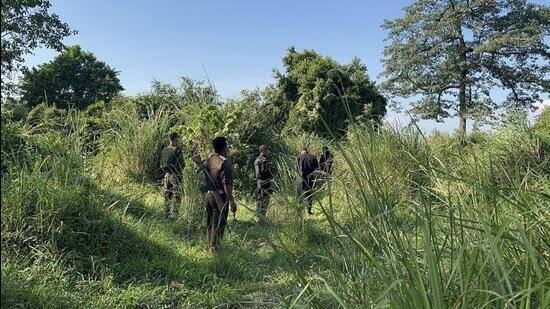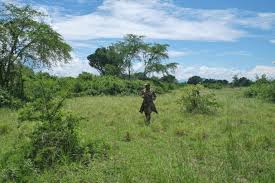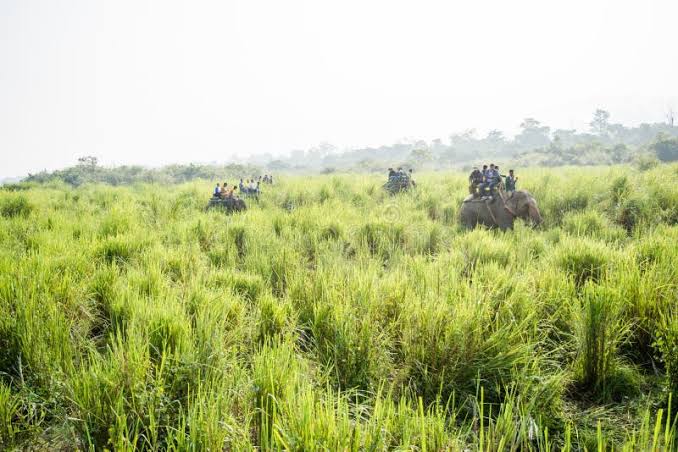
Zoin National Park, June 29, 2025 In a grim and heartbreaking discovery, park rangers and wildlife biologists uncovered a mass grave of poached wildlife deep within the remote northern sector of Zoin National Park. The finding has sent shockwaves through the conservation community and raised urgent questions about the park’s ability to safeguard its rich biodiversity from the escalating threat of illegal poaching.

The mass grave, discovered during a routine drone survey of the area, contains the decomposed remains of at least 50 animals, including endangered species such as the horned gazelle, golden langur, and several mutilated bodies of the elusive night-striped leopard considered critically endangered. Authorities believe the animals were slaughtered over several months and dumped in a concealed ravine, far from commonly patrolled areas.
“This is one of the most disturbing scenes I’ve witnessed in my 20 years of wildlife work,” said Dr. Lena Moraga, a lead conservation biologist at Zoin National Park. “The sheer number of carcasses and the cruelty evident in the way these animals were killed many with bullet wounds, severed limbs, or signs of organ removalindicate highly organized and brutal poaching activity.”
The discovery has sparked a regional investigation involving park authorities, anti-poaching task forces, and environmental agencies. Preliminary evidence points toward a well-coordinated trafficking network that may be targeting rare species for their pelts, horns, and internal organs, which are in high demand in black markets across Asia and parts of Africa.
Beyond the immediate horror, the ecological consequences of this tragedy could be severe. Conservationists warn that the loss of keystone species like the night-striped leopard could destabilize the delicate food web within the park. Scavenger species, including vultures and wild dogs, may also face secondary effects due to the sudden absence of natural predation and scavenging dynamics.
“This isn’t just a crime against animals,” said park ranger Anjali Tibor, who was part of the team that first arrived at the site. “It’s a blow to the entire ecosystem. These animals played vital roles in maintaining the health of the forest, controlling prey populations, and balancing habitats.”
The Zoin National Park, known for its rugged terrain and dense forest cover, has long struggled with funding shortages, limited personnel, and outdated surveillance technology factors that have made it increasingly vulnerable to criminal exploitation. Conservation NGOs are now calling for immediate government intervention, increased drone surveillance, and a complete overhaul of the park’s protection infrastructure.
In response to public outcry, the Ministry of Environment has pledged to deploy additional anti-poaching units and promised a full audit of park security measures. Yet many fear that without sustained political and financial commitment, the tragedy at Zoin may only be a glimpse of a larger, growing crisis in wildlife protection.
As investigators continue to comb through the evidence, the haunting image of a hidden ravine filled with the remains of once-majestic creatures remains a painful reminder: the battle to protect the natural world iQs far from over.

Be the first to comment